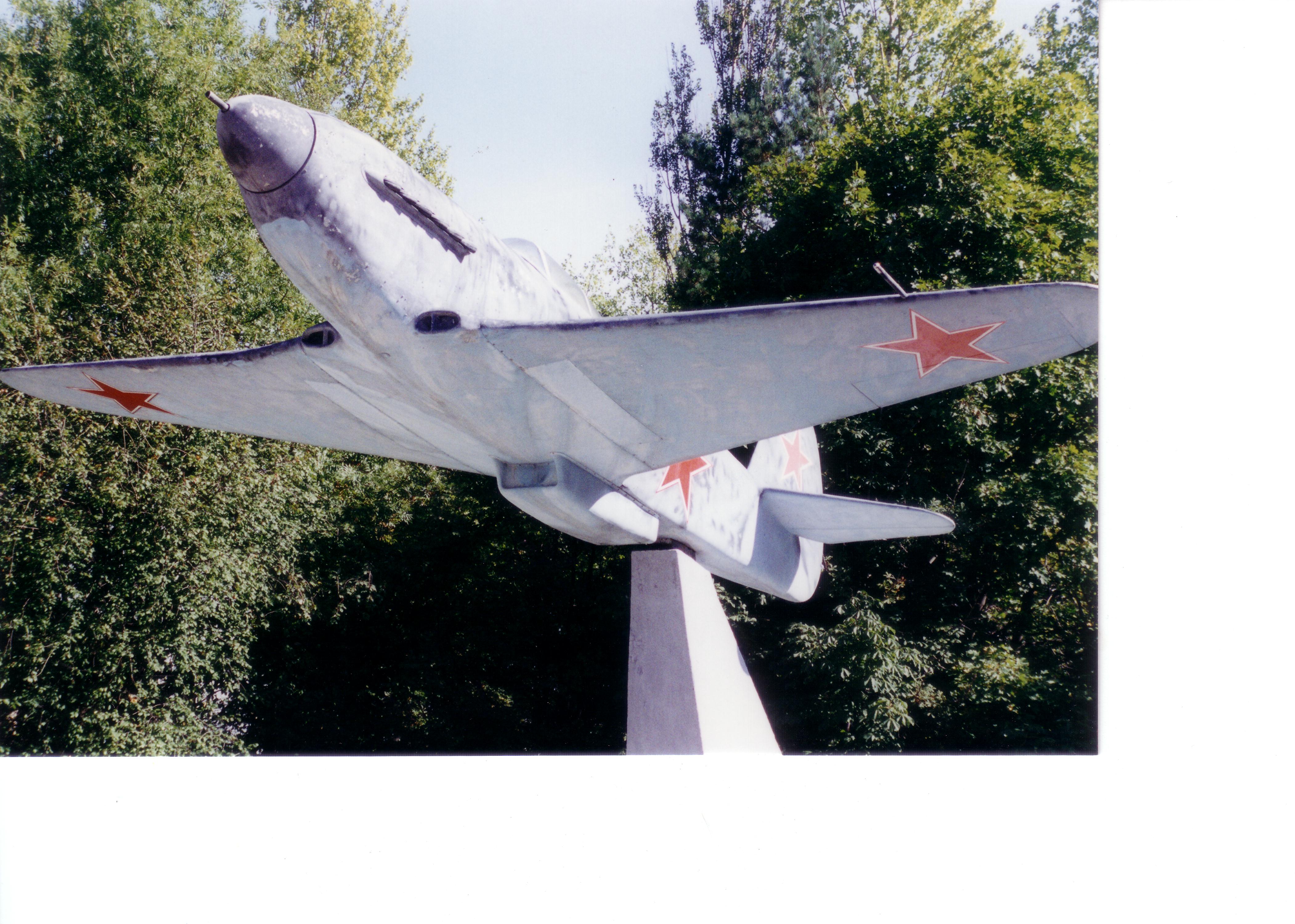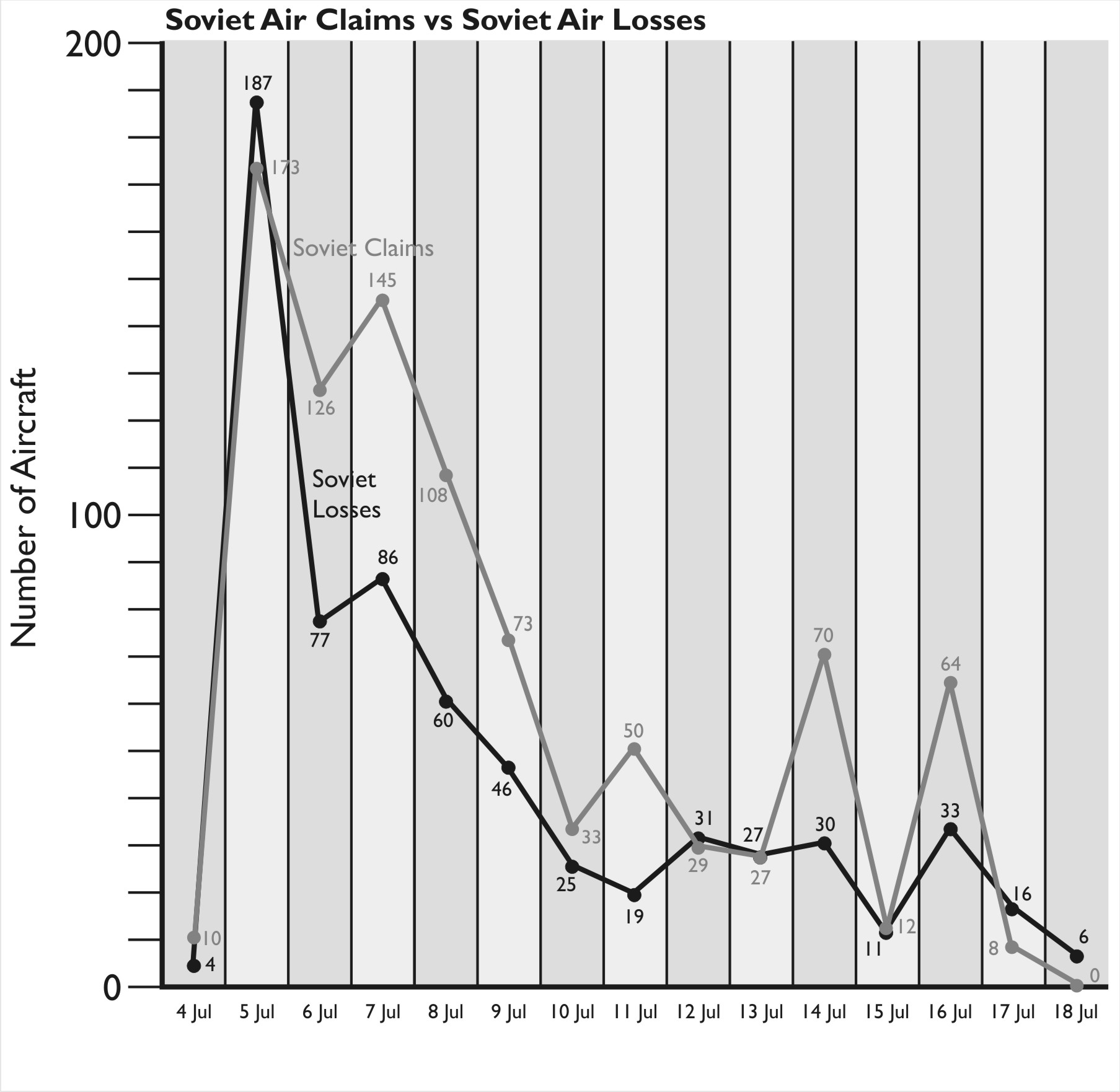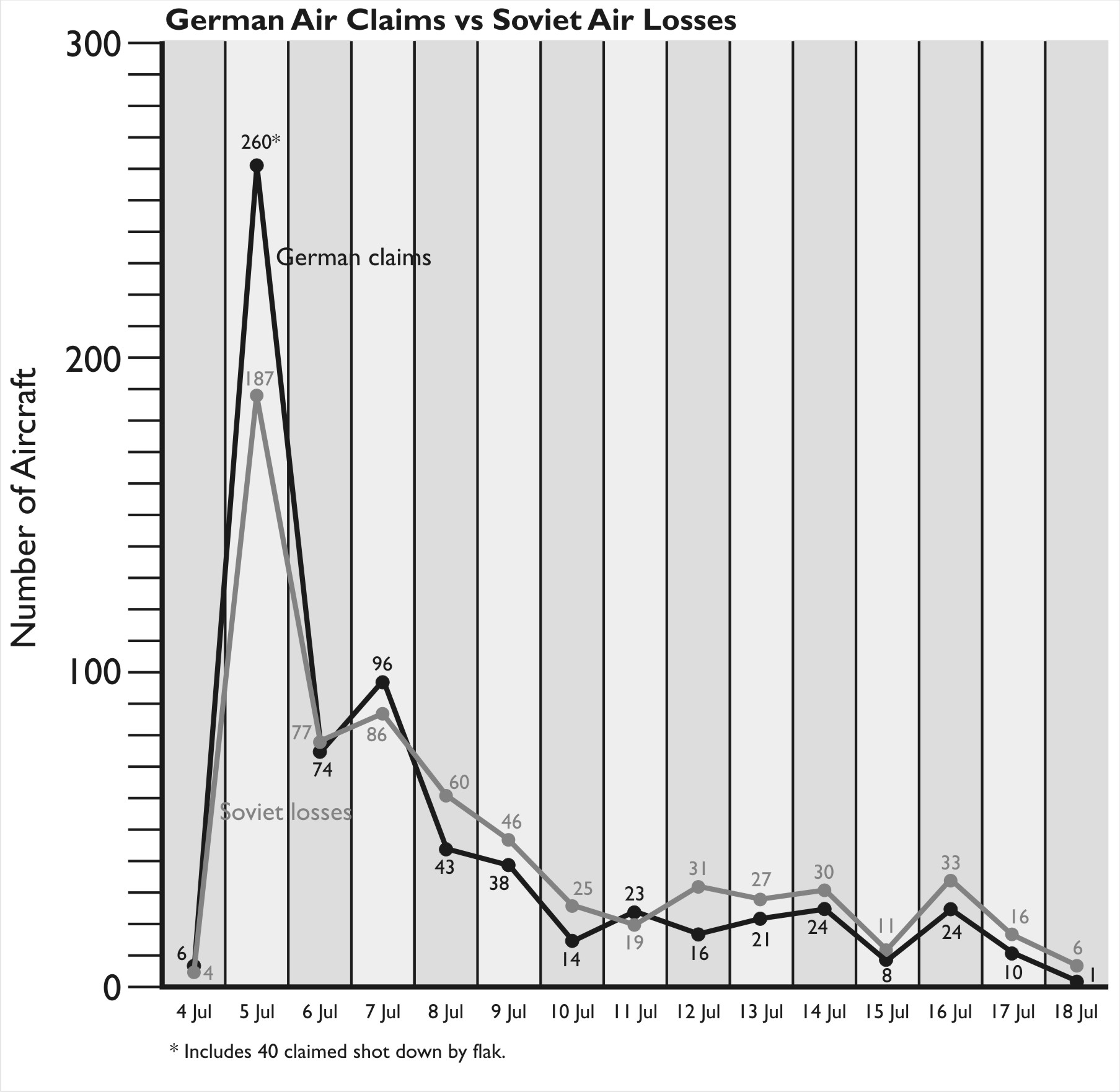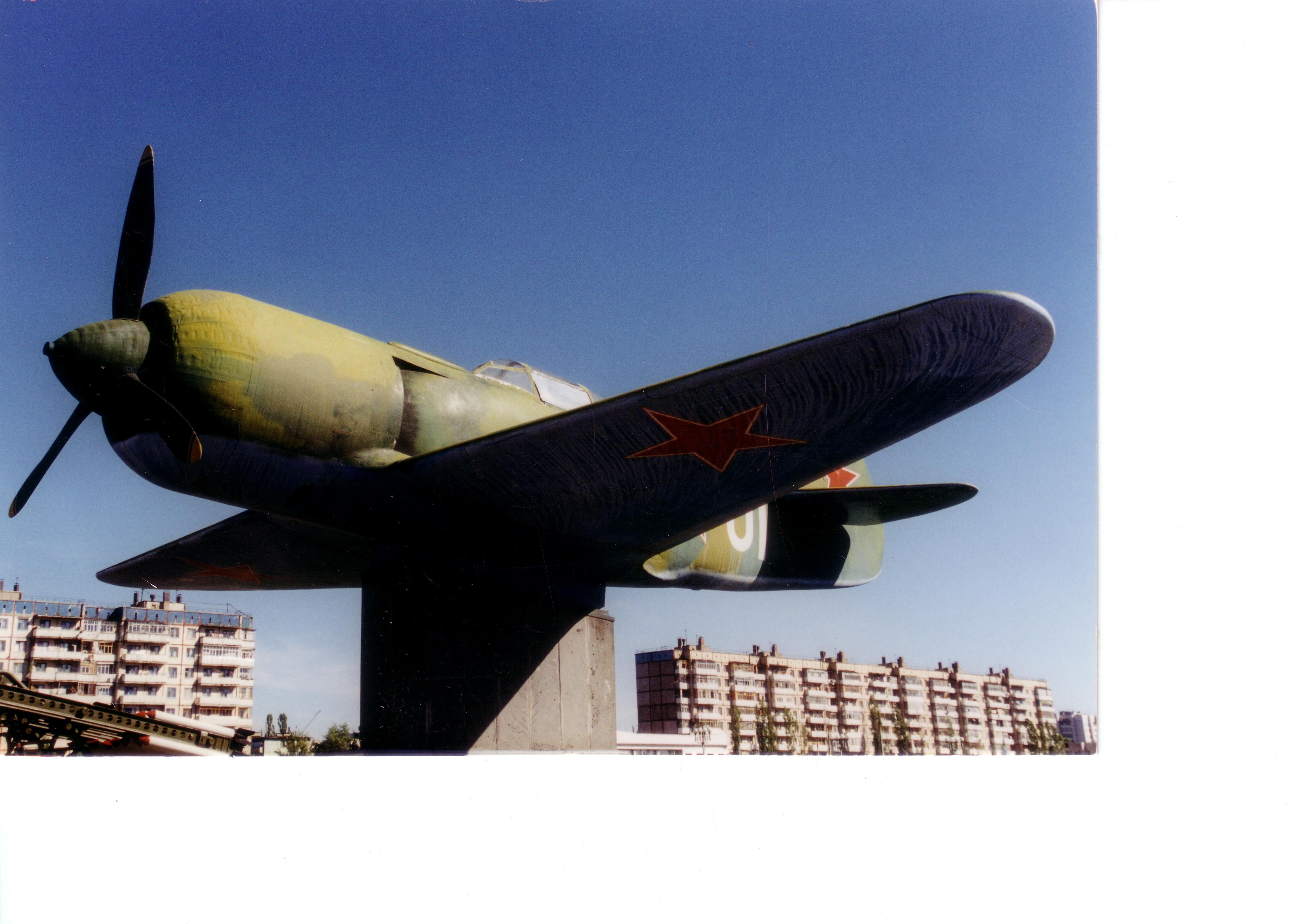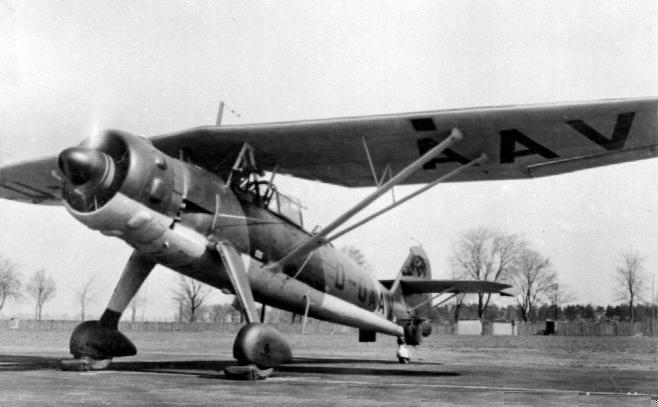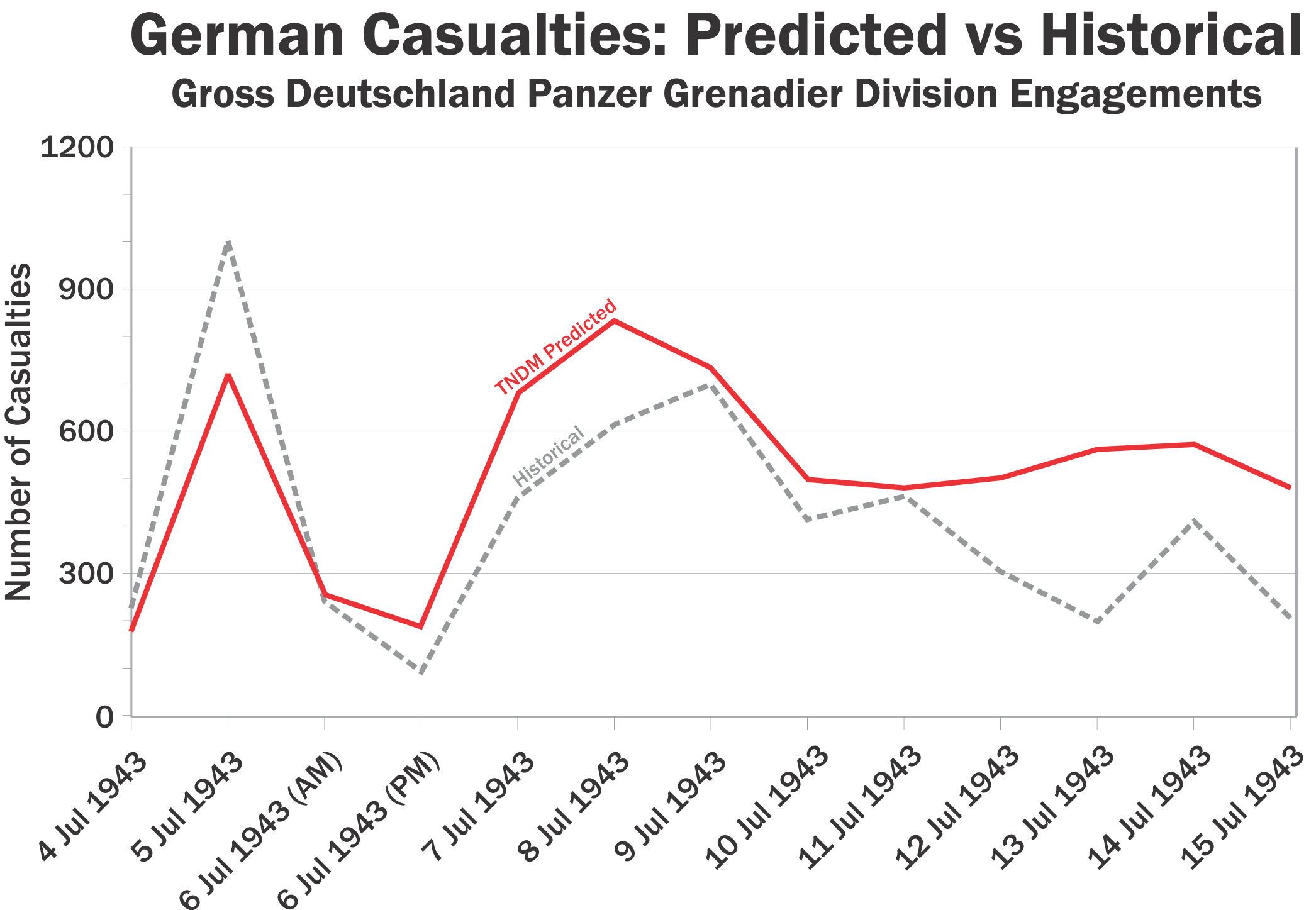
Iran has admitted that an Iranian air defense system downed the Ukrainian airliner yesterday. Sadly, this is becoming an all too common occurrence. The major incidents like this include:
Ukrainian Airlines, 8 January 2020 – It was shot down by an Iranian missile (picture shown above). 176 people killed.
Malaysian Flight MH-17, 17 July 2014 – Shot down by a Russian air defense missile. Russian claims the Ukrainians shot it down, but not too many people outside of Russia believe this. 296 people killed.
Siberia Airlines Flight 1812, 4 October 2001 — A Russian airliner shot down over the Black Sea by Ukrainian air defense missile while conducting training exercise. 78 people killed.
Iran Air Flight 655, 3 July 1988 — An Iranian airliner going from Iran to Saudi Arabia was shot down by a missile from the USS Vincennes. Even though it was an accident, many in Iran still claim it was deliberate. The Iranian newspaper Tehran Times recently published a letter asking Captain Rogers, the former CO of the Vincennes, to “confess.” 290 people killed.
Korea Air Lines Flight 007, 1 September 1983 — Shot down by the Soviet Union. In this case, the plane made a navigation error and wandered into Soviet air space. The intercepting Soviet pilots had sight of the plane and were still ordered to shot it down. 269 people killed, including a U.S. congressman.
There are a lot more incidents than those. Just to list some of them (I do not know if this list is exhaustive):
Date……………Incident…………Plane…..Locale……………Killed….Perpetrator
24 Aug 1938…..Kweilin Incident…DC-2……near Hong Kong…..14….Japan aircraft
14 June 1940….Kaleva…………..Ju-52……Baltic Sea……………9….USSR DB-3T
29 Oct 1940……Chungking………DC-2……China………………..9…..Japan aircraft
3 March 1942….KNILM PK-AFV…DC-3……Australia…………….4….Japan A6M Zero
1 June 1943……BOAC Flt 777…..DC-3……Bay of Biscay……..17….German Ju-88C-6
22 Oct 1943……AB Aero…………DC-3……Sweden…………….13…German Ju-88
23 July 1954……Cathy Pacific…….DC-4……Hainan Island……10……Chinese La-11
27 July 1955……El Al Flight 402….L-149…..Bulgaria……………58…..Bulgaria MIG-15
30 June 1962….Aeroflot Flt 902….Tu-104A..Russia…………….84…..USSR missile
21 Feb 1973……Libyan Flt 114……727………Sinai……………108…..Israeli F-4s
20 April 1978….Korean Flt 902…..707……..Russia……………….2…….USSR Su-15
3 Sep 1978……Rhodesia 825…Viscount….Rhodesia…………..48…….ZIPRA Strela-2
12 Feb 1978….Rhodesia 827….Viscount…Rhodesia…………..59…….ZIPRA Strela-2
27 June 1980…Itavia Flt 870…….DC-9…….Italy………………..81…….Missile?
8 Feb 1980…….Angola D2-TYC…Yak-40…Angola……………..19……..Zambian J-6
1 Sep 1983……Korean Flt 007…..747………USSR……………269…….USSR Su-15
24 Feb 1985….Polar 3……………Do-228…..West Sahara……..3………Polisario
4 Sep 1985……Bakhtar YA-BAM..An-26……Afghanistan……..52………SAM
11 June 1987…Bakhtar YA-BAL…An-26…..Afghanistan………53………SAM
14 Oct 1987……Zimex…………….L-100…..Angola……………..8………unknown
6 Nov 1987…….Air Malawi……….Skyvan….Mozambique…….10………?
3 July 1988…….Iran Air 655………A300……Persian Gulf……290……..U.S. RIM-66
8 Dec 1988……US AID………….DC-7………W. Sahara………5……Polisario
27 March 1992…………………….Yak-40…….Armenia………..0……Azerbaijan Su-25
21 Sep 1993….Transair…………Tu-134……..Georgia………..27…..Abkhazia Strela 2
22 Sep 1993….Transair…………Tu-154……..Georgia………108…..Abkhazia SAM
23 Sep 1993….Transair…………Tu-134A……Georgia………..1..Abkhazia BM-21 Grad
6 April 1994………………………..Falcon 50….Rwanda……….12……SAM
29 Sep 1998….Lionair 602…….An-24RV……Sri Lanka…….55..Tamil Tiger MANPADS
20 April 2001………………..Cessna A185E…Peru…………….2…Peru Cessna A-37B
4 Oct 2001……Siberian 1812…Tu-154………Black Sea…….78…….Ukrainian S-200
22 Nov 2003…DHL OO-DLL….A300………..Iraq……………….0…….SAM
9 Jan 2007………………………….An-26……….Iraq………….34…Islamic Army missile?
23 Mar 2007…TransAVIA……..Il-76…………Somalia………….11…..Hizbul Islam 9K38?
17 July 2014…Malaysia MH-17…777……….Ukraine………..298..Russian 9M38 SA-11
8 Jan 2020…..Ukraine Flt 752….737………..Iran…………….176….Iran SA-15
Now….between 1938-1983 (45 years) there were 16 incidents resulting on the loss of 804 lives. Of these, 12 were caused by hostile aircraft (some firing air-to-air missiles), three by surface-to-air missiles and one possibly by an errant air-to-air missile. Two of the airliners shot down by missiles were clearly accidental. From 1985 to 2020 (45 years) there were 20 incidents resulting in the loss of 1,223 lives. Of these, two were caused by aircraft and 14 caused by surface-to-air missiles.

